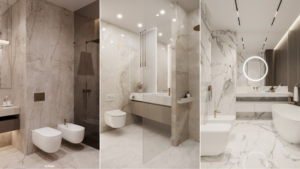

About Future Stiles
Future Stiles is a relatively new player in the tile industry, but it has quickly gained recognition for its innovative and modern designs. The brand focuses on merging cutting-edge technology with artistic craftsmanship to create unique and visually appealing tiles.
Latest Post


Stone Cutting & CNC Design for Modern Architecture

3×6 Inch and 75x150mm Tiles Size and Design in 2025

1200x1800mm and 48×72 Inch Tiles Designs in 2025

Benefits of Using Large Format Tiles in Modern Interiors

Top Tile Trends for 2025: Colours, Textures and Finishes
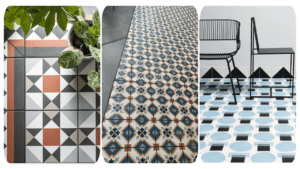
Concrete Tiles, Cement Tiles, and Cement Tiles for the Floor in 2025

Black Tiles Design: Modern Black Tiles Living Room
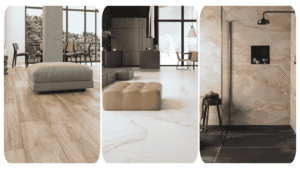
Matte Finish Tiles: A Modern Touch of Subtle Elegance 2025
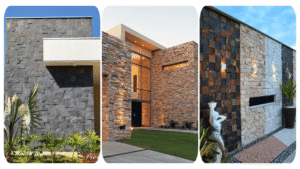
Front Elevation Tiles Design: Stylish Elevation Tiles & Affordable Prices
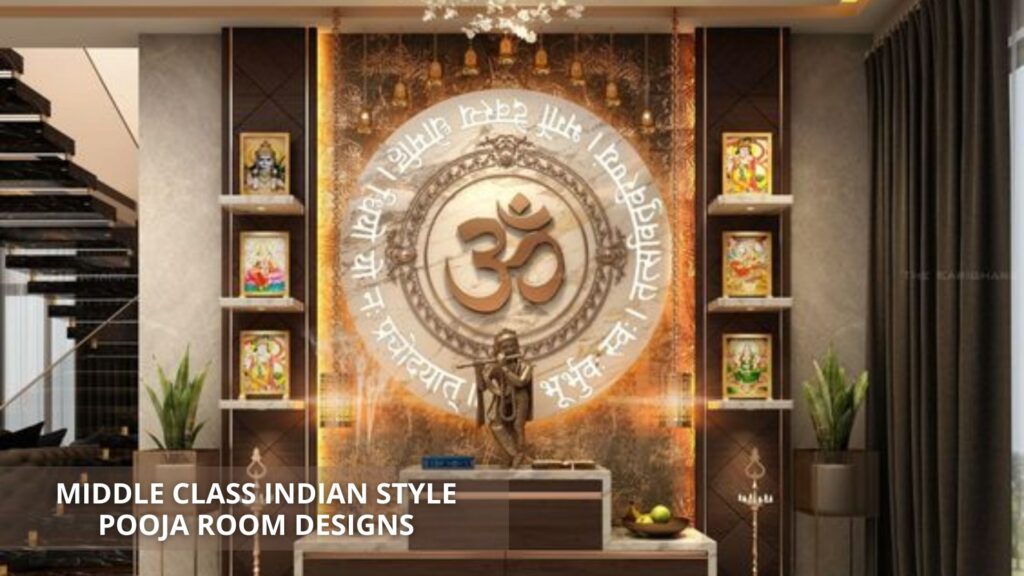
10 Best Middle Class Indian Style Pooja Room Designs
- Futurestiles
- October 8, 2024
- 6:39 pm
It is observed that in the Indian home, the pooja room is of paramount importance. It is a room in which families come together to pray and seek blessings. For the middle class, it requires picking a pooja room design that is in accordance with the culture and still makes sense. Since there is drawback of limited space in this case most modern Indian houses, the difficulty appears in providing for a poja room which is usable, attractive, and individualistic without clashing with the modern day interior design.
This article focuses on middle class Indian pooja rooms providing ideas on various features to consider while planning for the pooja room irrespective of its size, rental or owned.
Don’t Wait to Impress – Connect with Us for Stylish Pooja Room Wall Tile Designs
Have Questions? We Have Answers. Let’s Connect
Free Sample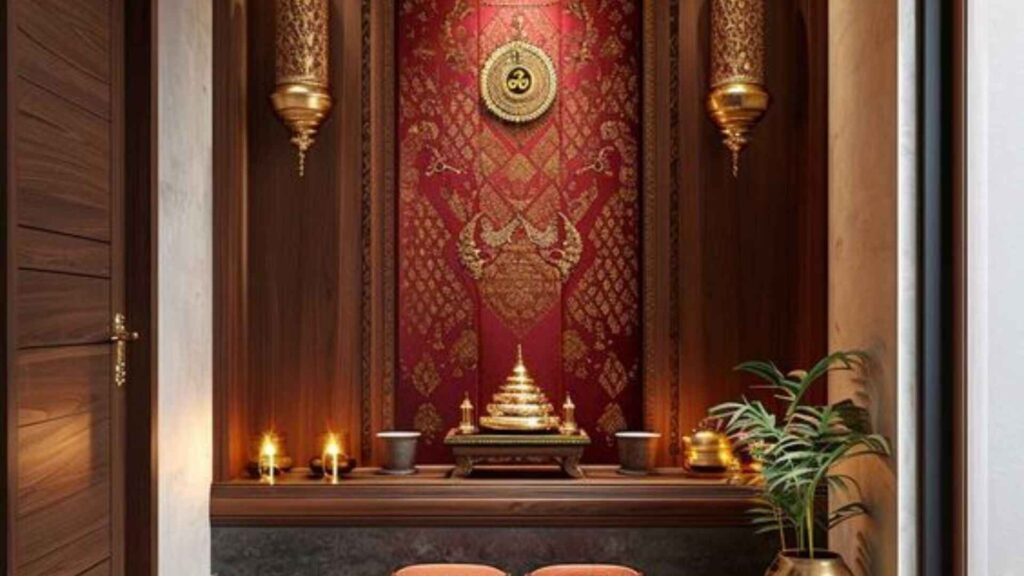
Understanding the Importance of Pooja Room Design in Indian Homes
A pooja room is not simply a place to stock naav and diya- it is the heart of the house and thus a space of consecration. It does not matter whether it is a small apartment or a bigger house, the families belonging mostly to the middle class Indians always extend a weaning to religious activities. The pooja room or mandir is used as the space for reaching out to sinkz with ones inner self by letting ritualistic activities and prayers on a daily basis.
As the name suggests, pooja rooms used to be separate enclosures in the house but due to modern housing challenges, they have transformed to small-scaled all in one rooms. Territory has always been a constraint but even in small scale such pooja room is to the extent possible, serene and pure in spirit..
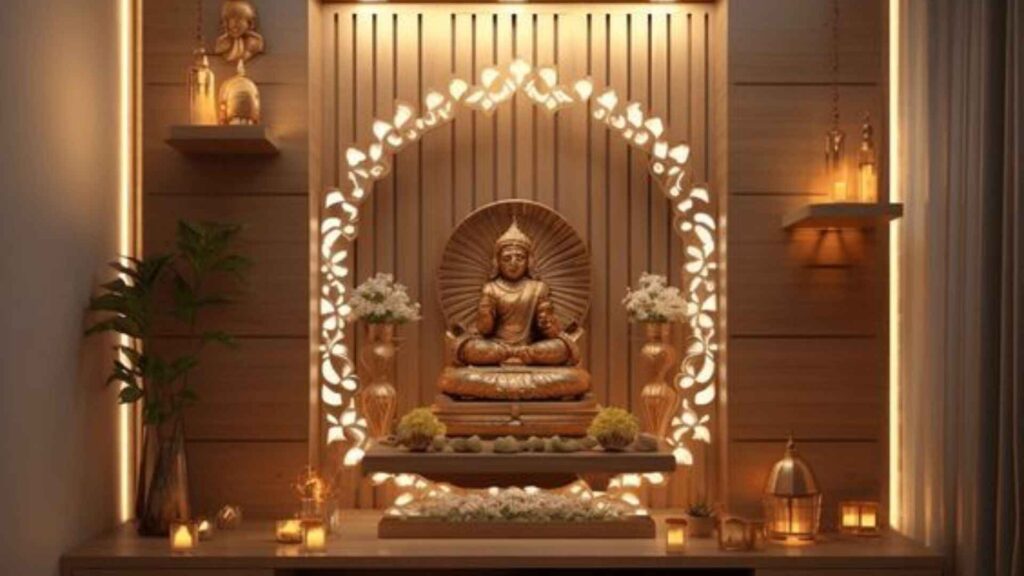
Key Elements of a Middle-Class Indian Pooja Room Design
While designing a pooja room for a middle class Indian home, there are basic aspects that must be taken into consideration. Whether your pooja room is a vertical or horizontal box, or an elaborate structure, the following elements must be incorporated:
- Sacred Direction: In the ancient Indian science of architecture known as Vastu Shastra, the direction of the pooja room is very important. The pooja room should preferably be oriented towards east direction or north-east. These directions complement each other since they allow in light and positive energy, which makes the surrounding more conducive for spirituality.
- Simple and Clean Design: As most middle class households are more thoughtful about utilitarian needs, this also applies for the pooja room design. Simple designs that specialize in minimalistic design approach also help in the preservation of religious space. Calm and pure surroundings are essential when prayers and meditation are practiced, and that is ensured by the use of clean surfaces with few items scattered and natural elements such as wood or stone.
- Compact and Space Compelling: Since most urban homes are living in a constrictive area, having a pooja room means making proper use of the little space one has been given. For middle class wall mounted mandirs or pooja units are becoming common.
- Storage and Organization: To maintain a practical pooja room, storage space must be provided for pooja materials such as candles, incense sticks, offerings, metal vessels, religious artwork. Drawers or other small cabinets incorporated in a pooja unit makes the room less disorderly.
- Sacred Materials: All the items placed in a pooja room ought to exalt purity and tradition. Middle class pooja rooms may typically appeal to materials made of wood, stone and marble. The compendiums that devotees acquire are wooden mandirs skillfully architected, enhancing the eye appeal and warmth of the room. Off course marble and stones will make the room look decent but in a more classic side.
- Lighting and Ambience: Spend some time decorating the pooja room to make it more appealing. Once your pooja room is ready you want to light up the diya as it play an important part in making the space tranquil and celestial. They may be LED light, chandelier or panels lit from back inscribed Om, Swastika etc. Other than that natural light penetrating through ventilated windows or doors increases the serene effect of the pooja room.
Popular Middle-Class Pooja Room Design Ideas
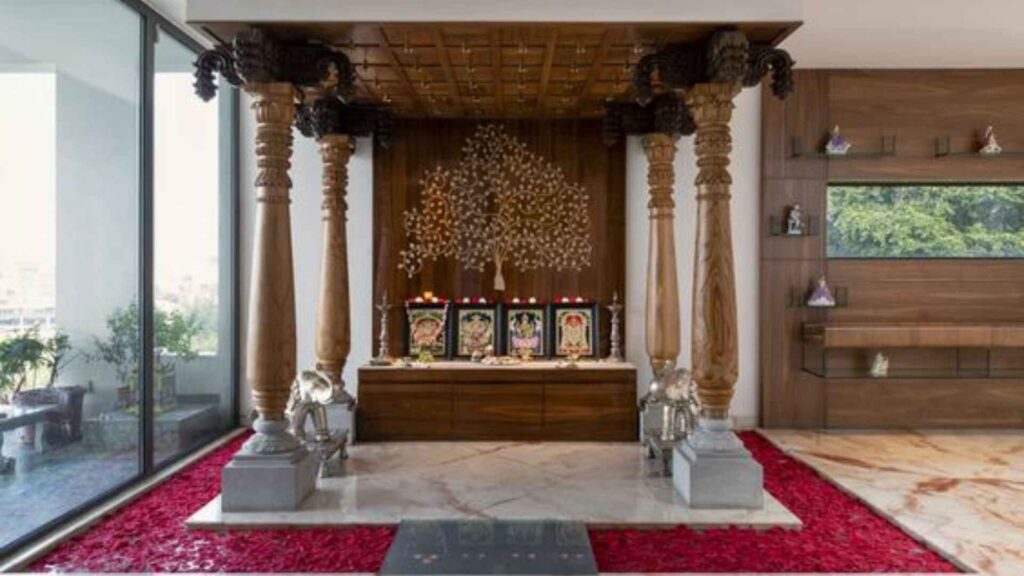
1. Wall-Mounting Pooja Units
In the case of small apartments or homes where space is an issue, there is a more stylish and practical way – a wall-mounted pooja unit. These units are permanently fixed on the empty wall of sitting room, passage or even kitchen corner. They are small but provide enough space on the temple cabinets for idols, lamps and other pooja items.
Wall built pooja cabinets are usually provided with additional spaces known as oasis or tuft that serve as shelf units or drawers for the storage of prayer items. The designs of such furniture takes into consideration the traditional influences in the interior decoration and thus consist of complex carvings or patterned designs.
2. Stand alone Wooden Mandir
Standing wooden mandirs are fairly popular in middle-class families. Mandirs are available in many sizes and can fit in any large and small area. Most of the wooden mandirs are ornately decorated with carves, bells, and or doors which make them look sophisticated and away from the ordinary.
If the pooja room is a designated area in the house, the wooden mandir may be placed on the floor either against a wall or in a corner. Where the living space is small, the smaller version of the wooden mandir can even be placed on a raised block or even a counter.
3. Corner Pooja Room
Making use of corners in a clever manner is to pool corner way in pooja space for homes with lesser space. Extra typos in a residential design shape corner poojashala comparison to others parts of the living room, dining area entertainments, or even the bedroom. You can put a little mandir in the corner and place a few cupboards or shelves to place shrubs or other garlands.
The best-pooja room corners can also retain the feeling of being regal and divine even though it is a small area. Use cushions and floor stools in the corners that facilitate sitting while this covers the demand as the prayer area still requires some decor.
4. Partitioned Pooja Room
People with open homes can also construct a partitioned pooja room by enclosing it with wooden or glass panels. This takes care that a sacred room does not necessarily blend with other functioning rooms. Beautiful patterns of the partition designs further deepen the spilt art spiritually rather the room.
A partitioned pooja room can easily fit in a large sitting room or dining room. Apart from enhancing privacy during prayer, the partition proves to be an interior enhancement element.
5. Pooja Room in a Cabinet
The dabas can be closed completely when it is not in use especially when people want to view their pooja room in complete privacy. These cabinets are invented mainly for the purpose of pooja. Painting, carvings, or adding religious motifs are some of the finishing touches that can be given to the cabinet doors for those with old-fashioned tastes.
This design is well suited for flats, when the square footage is limited. When not used the cabinet doors can be shut, and the slots will be cut to justify their existence in the rest of the design. This type of pooja room is also quite good in providing ease of cleaning and order in the room.
6. Marble Mandir for Luxury and Durability
However, for those of you who prefer a more luxurious yet inexpensive appeal, a marble mandir will transform your pooja room completely. Marble is also very durable and enhances the beauty of the room emotionally. White marble is quite common as it signifies cleanliness and godly.
The marble mandir may be made to stand on a raised surface or pedestal for aesthetic enhancement. For middle-class households with bigger area, there can be a variation to the mandir by using marble with beautiful carvings that would complement the pooja room with classical beauty.
7. Staircase Adjacent Pooja Room
A lot of Indian households have unwarranted space beneath the stairs. Converting this space into a pooja room is an inventive and practical means of maximizing the available space. Generally, under-stair pooja rooms are equipped with a simple mandir, few shelves on the wall, and sufficient lighting.
This is a perfect solution for average homes which tend to be short on space but would still like to dedicate some space for prayer and or meditation. The size suited for an under stair pooja room design again ensures enough discretion for privacy and space but is not that difficult to access.
Modern Features to Enhance Traditional Pooja Rooms
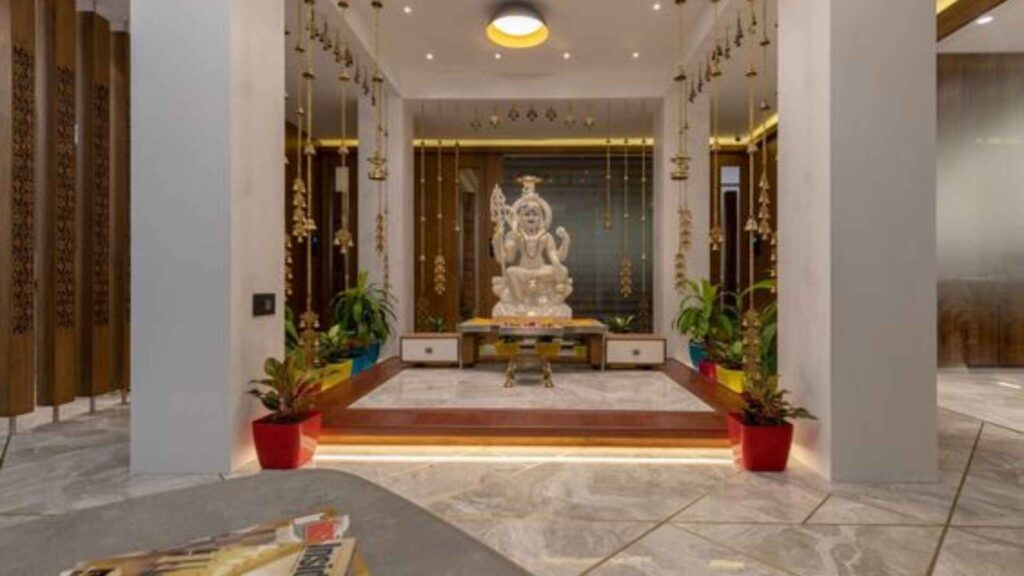
Pooja room designs employ a lot of traditional aspects, however some improvement of the space of pooja can be done using modern technologies. Some of the recent features that can complement the stereotypes of middle class pooja room designs include the following elements:
- Backlit Panels: A soft backlit panel is fitted behind the mandir which displays religious symbols like Om, Swastik or flower patterns, enhancing the sells up ambience. This is one feature that embeds modernity into the religion creating harmony.
- LED Lights: Simple incandescent bulks can now be substituted with energy efficient Led lightings. Special highlight on the idols, diyas as well as decor can also be made with these lights to bring out the contemporary and yet spiritual aspect in the pooja room décor.
- Sliding Doors: If you want to keep the pooja room private but there is little room to hang open swinging doors, then sliding doors are the best alternative. They save space; the doors can also be beautifully crafted with carvings or glass etching of religious images or may have beautiful stained glass.4.
- Eco Friendly Material: While designing your pooja room, you should also choose eco-friendly materials such as bamboo or eco wood. Moreover, these parameters are eco-friendly and provide a loving and graceful focus to the pooja room.
Conclusion
For an Indian middle-class family, it is very constructive to keep pooja room design in the middle path of contrast between traditional values and modern day lifestyle. Be it a large house or small flat, pooja room can be designed in accordance to available space, budget and spiritual requirement. A pooja room if well thought if not over sophisticated can be a peaceful as well as a holy place to help connect to spirituality and without having to leave the coziness of the rest of the house.



